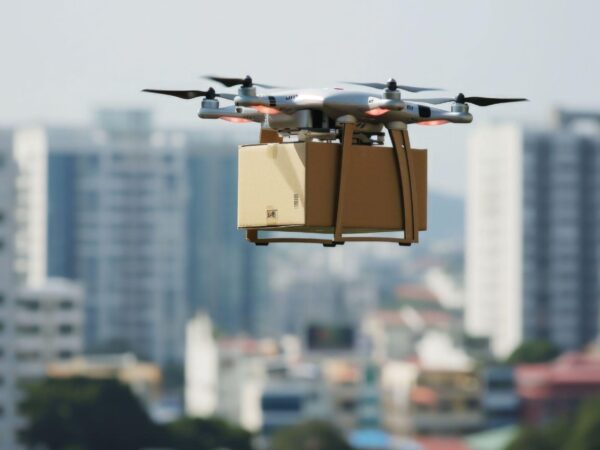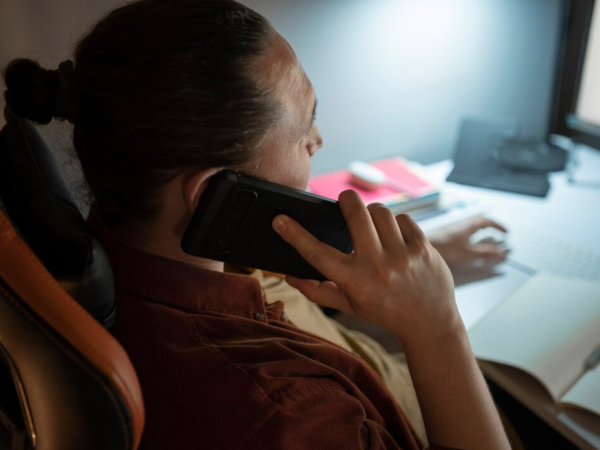Every device that runs on power invariably seems to have PCBs or Printed Circuit Boards inside its machinery. PCBs are also most commonly found in personal computers and laptops, which are very commonly used by people in households, colleges, universities, offices and industrial sectors.
PCBs tend to get dirty over a period of time
The fact of the matter is that personal computers and laptops are commonly used in open areas that are quite prone to dust and grime, PCBs installed in these machines tend to gather a lot of it over a period of time. And once this dust starts gathering in the internal circuitry of these machines, the chances of this wet grime causing short circuit in the PCBs are greatly enhanced.
That’s why PCBs need constant cleaning
It is not very hard to understand that the deposition of dust and grime over a period of time is quite detrimental to the performance and safety of devices like Laptops and PCs, cleaning a PCB board becomes essential to keep such dangers at bay. Although some might argue that if Laptops and PCs are used in a sanitized area, there would be no need to clean the PCBs installed inside these machines because there would be no dust and grime deposition in a clean environment. But the fact of the matter is that it is not always possible to maintain a sanitized environment around these machines, and invariably they end up depositing dust and grime over time.
There are many ways to clean a PCB
Now that it is abundantly clear that cleaning a PCB board is an absolute must for keeping PCs and laptops in a healthy working condition, let’s look at some of the most common methods that are currently being used to achieve this purpose…
1. The Compressed air method
Compressed air can be quite effective in cleaning the components and circuitry if there is only dry dust deposited on PCBs. Throwing short bursts can be most effective in clearing even thick layers of dry dust that tend to gather over a period of time.
2. The Baking soda method
Baking soda can be extremely useful in clearing wet grime from PCBs because of its very mild abrasive qualities. is an effective means of removing grime with minimal risk of damaging the board. Baking soda can be particularly effective in removing corrosion, because it can dissolve the residue by neutralizing its acidic properties.
3. The Isopropyl alcohol method
This is the best way to clean a PCB board as it is the cheapest and the quickest way to do so. The best thing about isopropyl alcohol is that it evaporates very fast, but only if the alcohol being used is 90% or higher.
4. The Household cleaner method
A household cleaner can also be quite effective in cleaning a PCB board, but only if it is devoid of any phosphate materials.
Any of the 4 methods discussed above can be quite useful in cleaning PCBs. Just use a soft brush and a soft cloth free of lint, and the dust and grime would soon vanish from the machine.
For more information, please visit Avanti Circuits today.




